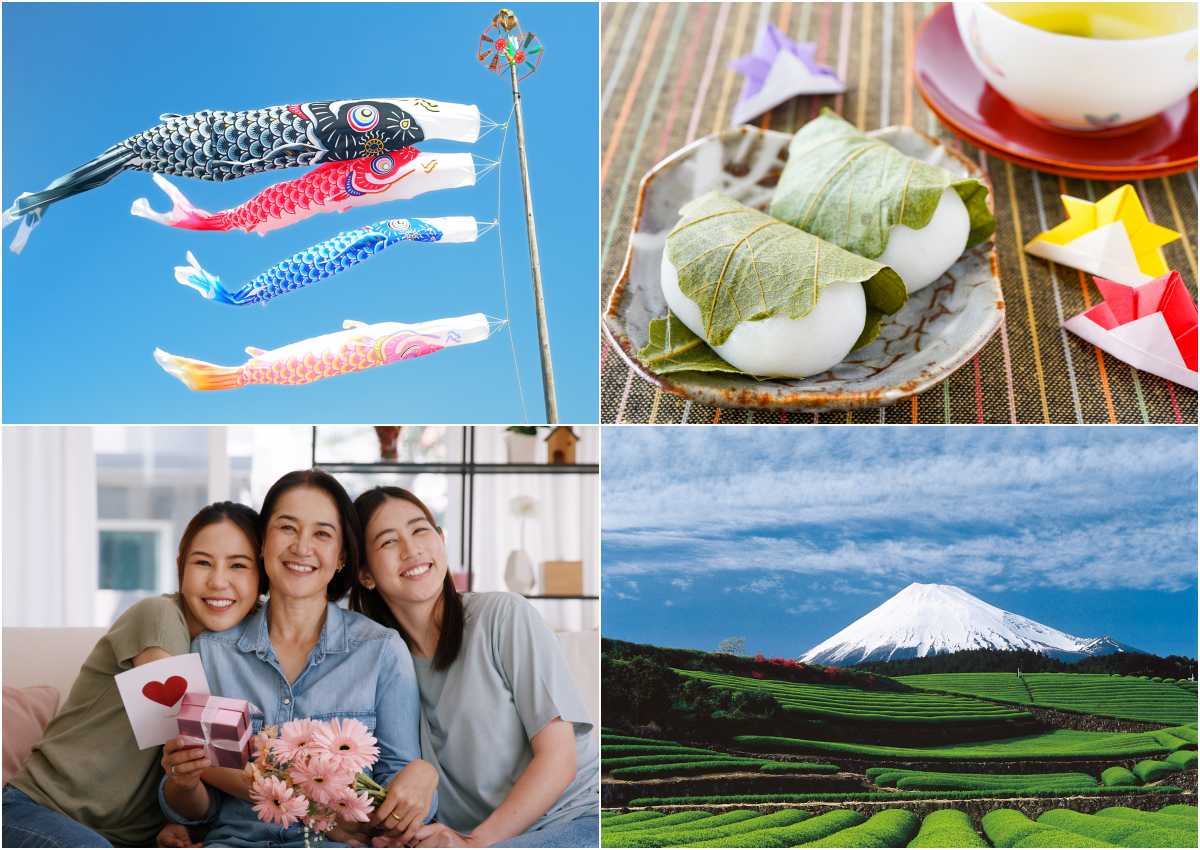
May in Japan is filled with seasonal traditions and events that let you feel the shift in nature, all under the fresh greenery and pleasant weather. Centered around Golden Week, this month is packed with holidays and festivals, offering plenty of chances to connect with nature and traditional culture. In this article, we’ll introduce customs, flowers, and major festivals from across Japan that are unique to May.
*By purchasing or reserving products introduced in this article, a portion of the sales may be returned to FUN! JAPAN.
🚅Book your Shinkansen ticket with NAVITIME Travel! 👉 Click here
Holidays and Memorial Days in May
May Day (May 1)
May Day is known globally as a day for workers. In Japan, it’s also referred to as "Labor Festival" and is a day to call for better working conditions and the protection of workers' rights. It all began in the late 19th century in the United States with the movement demanding an 8-hour workday. In 1890, May Day was held simultaneously in countries around the world. Japan’s first May Day took place in 1920. After a pause during the war, it resumed post-war with demonstrations and gatherings held nationwide. Today, it’s recognized as a day that shows solidarity among workers, with various events and assemblies taking place across Japan.
Constitution Memorial Day (May 3)
Constitution Memorial Day is a national holiday that marks the enactment of the Constitution of Japan on May 3, 1947 (Showa 22). It’s an important day that represents the beginning of Japan’s post-war peace and democracy. The Constitution of Japan is built on three key principles: popular sovereignty, respect for fundamental human rights, and pacifism, marking a major shift from the prewar system. On this day, people reflect on the nation’s identity and democracy, with lectures and symposiums often held around the country. While it’s also celebrated as part of "Golden Week", it’s a meaningful time to think about the foundation of the country.
👉 Read more about Constitution Memorial Day
Greenery Day (May 4)
Greenery Day is a national holiday established as "a day to be in touch with nature, express gratitude for its blessings, and nurture a rich spirit." Originally, April 29 was Greenery Day, but because that date strongly commemorated the birthday of Emperor Showa, the holiday was moved to May 4 in 2007. Emperor Showa had a deep love for plants and nature, which became the origin of this holiday. On this day, events focused on environmental awareness take place, and places like botanical gardens and zoos often offer free admission, making it a popular day for families. It's also the perfect season to enjoy springtime nature.
👉 Read more about Greenery Day
Children's Day (May 5)

Children's Day is a national holiday established in 1948 (Showa 23) to "respect children's personalities, promote their happiness, and express gratitude to mothers." In Japan, May 5 has long been known as "Tango no Sekku," a traditional event to pray for the healthy growth of boys. Raising carp streamers (koinobori) and displaying samurai helmets or warrior dolls are customs that remain from that tradition. There is also a custom of taking a bath with iris leaves (shobu-yu), believed to ward off evil spirits. Children’s Day is celebrated not only at home but also with various events held in communities and schools, making it a day filled with children’s smiles.
👉 Read more about Children's Day
Hachijuhachiya (Eighty-Eighth Night)
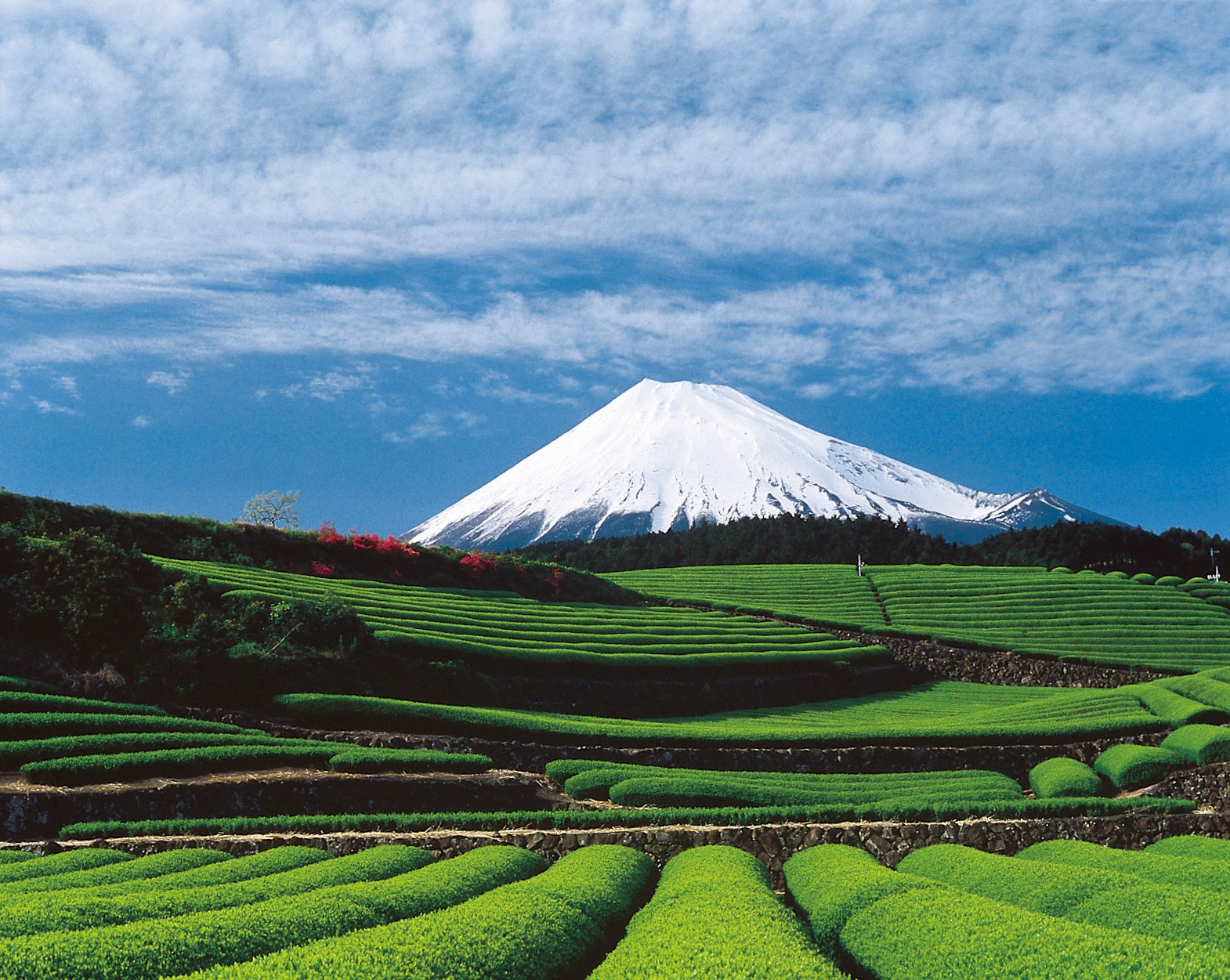
Hachijuhachiya, or the Eighty-Eighth Night, falls on the 88th day after the first day of spring on the traditional calendar, which is around May 2 each year. This day holds special significance in agriculture and is also known as the time when the first tea leaves of the season are harvested. An old saying goes, "No more frost after Hachijuhachiya," making it a suitable period for sowing seeds and planting rice. In Shizuoka Prefecture, a famous tea-growing region, events are held to celebrate the harvest of fresh tea leaves. It’s one of the seasonal milestones that reflect the wisdom of the Japanese people living in harmony with nature.
Rikka (Beginning of Summer)
Rikka is one of the 24 solar terms on the traditional calendar and marks the beginning of summer. It usually falls on May 5 or 6 each year, signaling the shift from the gentle air of spring to the warm atmosphere of early summer. During Rikka, the vibrant green of new leaves and the full bloom of flowers can be seen throughout Japan. It’s also the time when agricultural work begins in earnest, with preparations for rice planting getting underway. As a seasonal turning point, Rikka plays an important role in Japan’s rhythm of life in harmony with nature. In recent years, many people use Rikka as a cue to switch to summer clothing or enjoy seasonal activities, making it a cherished day for feeling the seasons in daily life.
Mother’s Day

Mother’s Day is celebrated on the second Sunday of May as a day to express gratitude to mothers. This custom became widespread in Japan after World War II under the influence of American culture, and by the 1950s it was already well established. Its origin lies in the United States, where a woman named Anna Jarvis proposed the idea of Mother’s Day to honor her late mother. In Japan, the tradition of giving carnations has taken root, with red carnations offered to living mothers and white ones to those who have passed away. At home, people give gifts, write letters, or prepare home-cooked meals to show appreciation, making it a heartwarming day.
👉 Read more about Mother's Day
🎁 Search for Mother’s Day gifts (Yahoo! Shopping)
Shoman (Grain Full)
Shoman is one of the 24 solar terms on the traditional calendar and usually falls around May 20. The term means "the time when all things gradually become full," and it marks a season when plants grow lush and green and crops begin to bear fruit. In old Japan, this period was seen as a time when wheat ears started to ripen, bringing a sense of relief to people and offering hope for the harvest. It’s also a season when animals become more active and new life begins to flourish in the fields and mountains. Shoman is deeply rooted in Japan's traditional calendar as a milestone that lets people feel the powerful vitality of nature.
What Are Japan’s Seasonal Highlights in May?
Wisteria & Wisteria Trellises
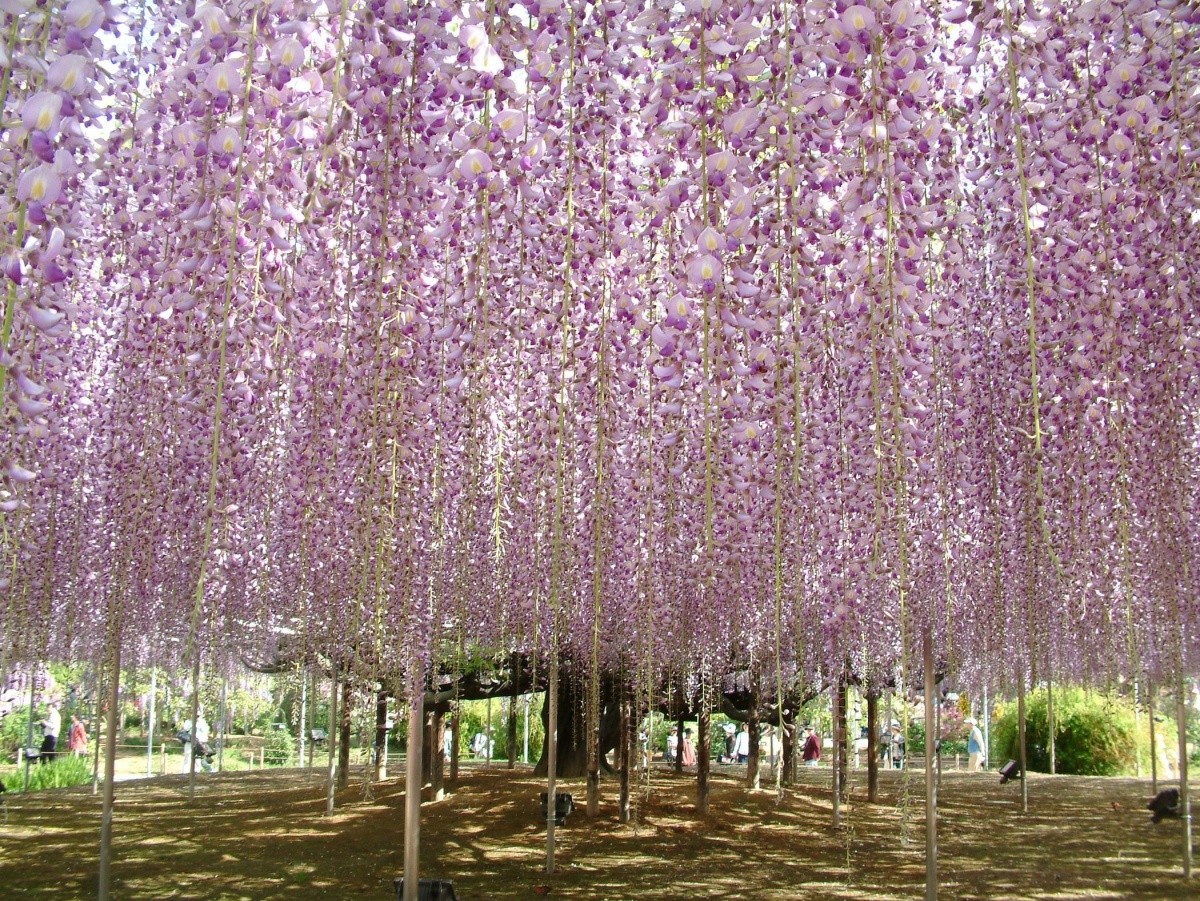
Wisteria is one of the iconic flowers of early summer in Japan, reaching full bloom in May. The cascading purple and white flowers are stunning, and when they bloom on trellises, they look like curtains of blossoms. Wisteria has been admired since the Heian period and often appears in traditional poetry and paintings. These flowers can be seen at shrines and gardens, marking the end of spring. Ashikaga Flower Park in Tochigi Prefecture is especially famous for its wisteria displays.
[kkday]👉Ashikaga Flower Park - Garden of Illuminated Flowers Admission Ticket|Ashikaga, Tochigi
Nemophila
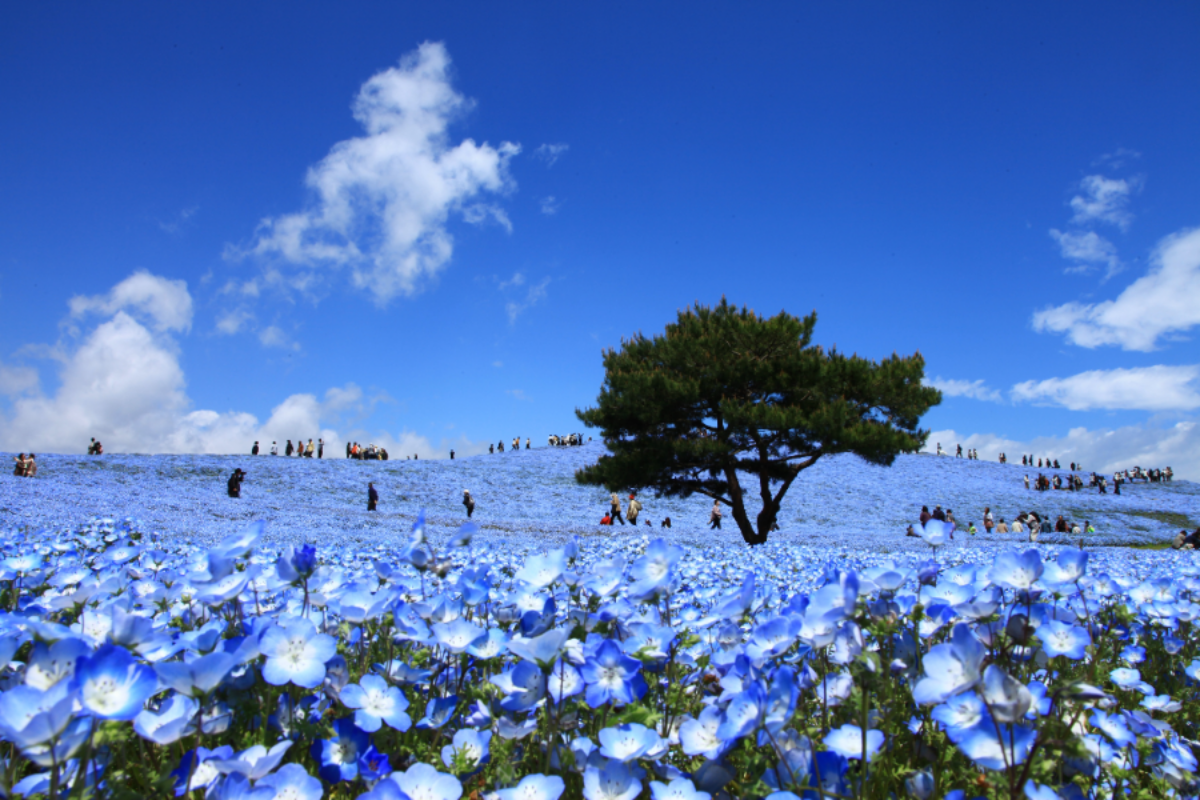
Nemophila is a charming blue flower that reaches its peak in May. Fields of nemophila are often described as "blue carpets." The nemophila fields at Hitachi Seaside Park in Ibaraki Prefecture are particularly famous, with the contrast of blue sky and flowers creating a breathtaking view. Originally native to North America, nemophila has become widely appreciated in Japan during spring and early summer.
🌸 Read the article about nemophila viewing spots across Japan
Koinobori (Carp Streamers)
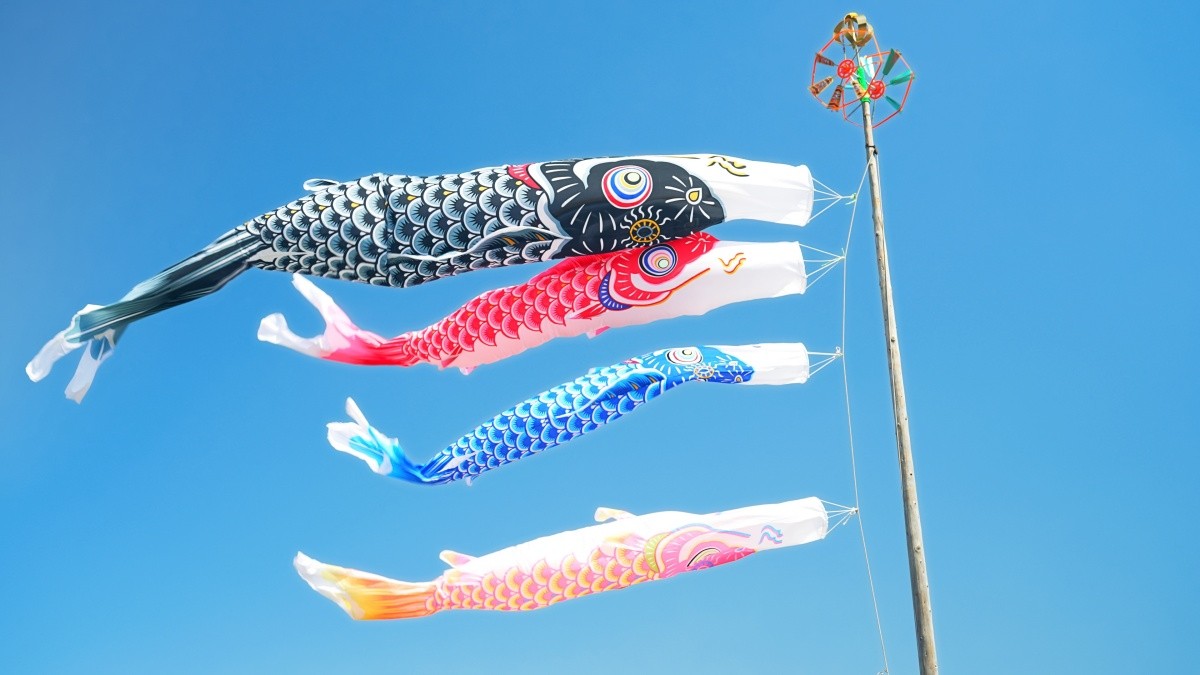
Koinobori are traditional Japanese decorations displayed for Children’s Day (May 5). The image of carp swimming upstream symbolizes success in life, and they are flown to wish for boys’ healthy growth. Typically, the black carp represents the father, the red the mother, and the blue the child. Their figures swimming in the sky add a festive touch to the spring landscape.
Kashiwa Mochi
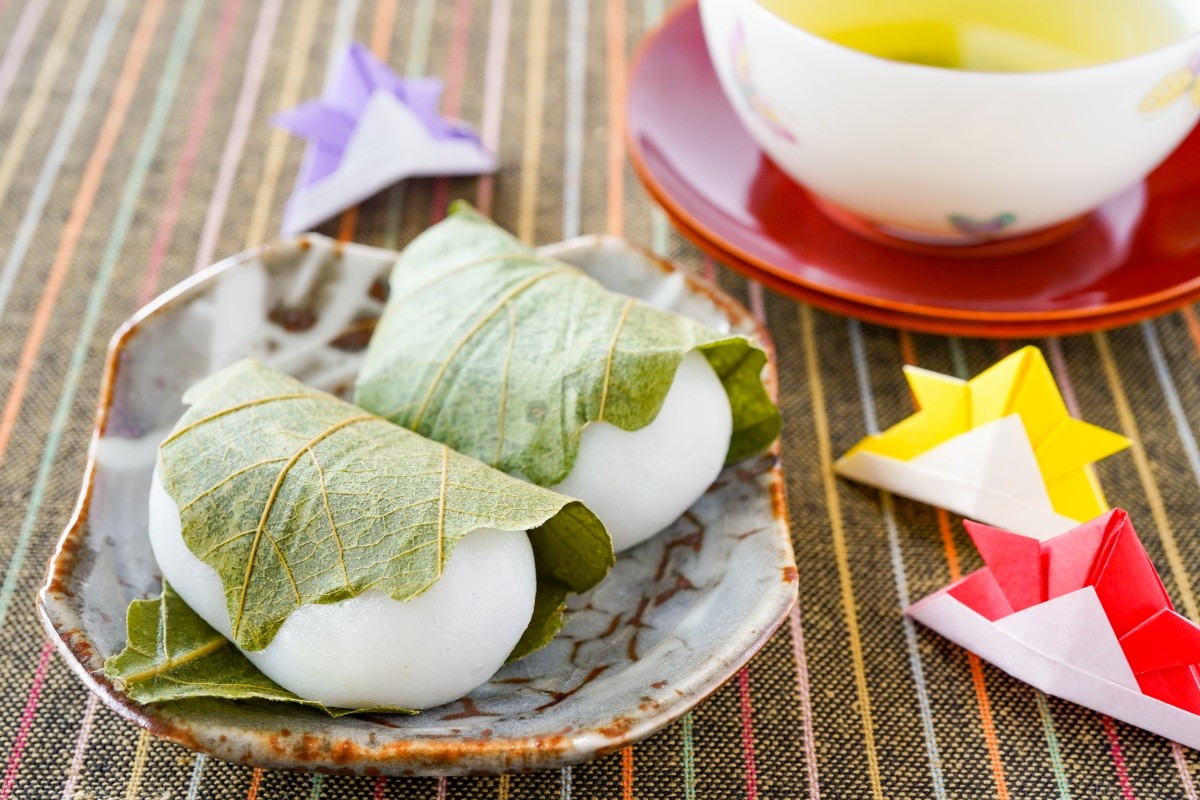
Kashiwa mochi is a traditional Japanese sweet eaten on Children’s Day. It’s a rice cake filled with sweet bean paste and wrapped in an oak leaf. Because oak leaves don’t fall until new buds appear, they are considered symbols of family continuity. Kashiwa mochi is believed to have spread during the Edo period and remains a beloved home-style treat in May. The fragrant scent of the leaf is also part of its charm.
Gogatsu Ningyo (Samurai Dolls)
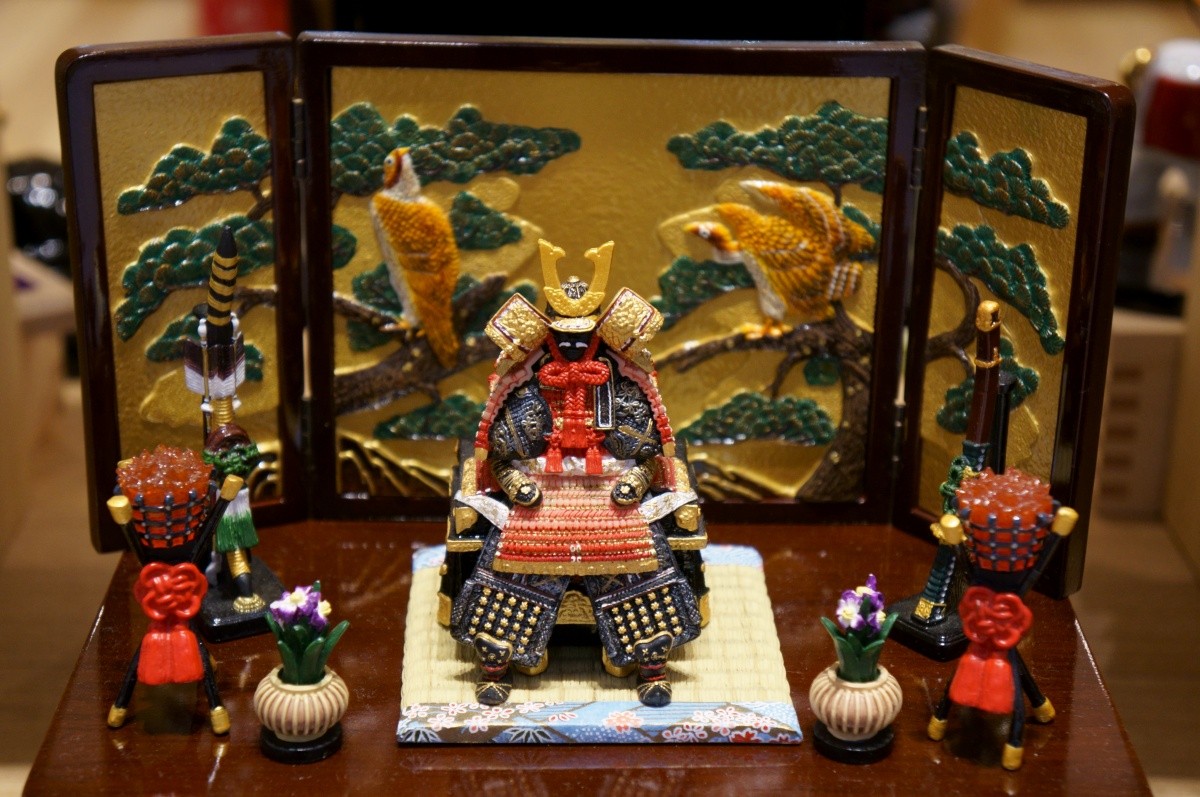
Gogatsu ningyo are traditional dolls displayed for Tango no Sekku (Children’s Day on May 5) to wish for a child’s healthy growth and strength. These dolls often depict warriors in armor or samurai attire. They are typically set up before Children’s Day and are taken down soon after the celebration, as leaving them out too long is considered inauspicious. It’s customary to put them away carefully on a sunny day.
🎏 Purchase "Gogatsu Ningyo" (Yahoo! Shopping)
Shobu-yu (Iris Bath)

Shobu-yu is a traditional practice for Tango no Sekku, where people bathe in hot water infused with iris leaves or roots. The strong fragrance of iris is believed to ward off evil spirits. Because the leaves resemble swords, they are also thought to have protective power and are used to pray for good health. Shobu-yu is a seasonal tradition enjoyed in both homes and hot spring facilities.
May Blues (Gogatsu-byo)

“Gogatsu-byo” refers to the slump in mood and motivation that can occur after Japan’s long holiday in early May. It’s especially common among new employees and students adjusting to new environments, but has also become recognized as a mental health sign for adults. The stress and fatigue from sudden life changes are often cited as the cause.
🌸 Purchase stress relief goods (Yahoo! Shopping)
Famous Festivals and Events in Japan During May
Hakata Dontaku (Fukuoka)
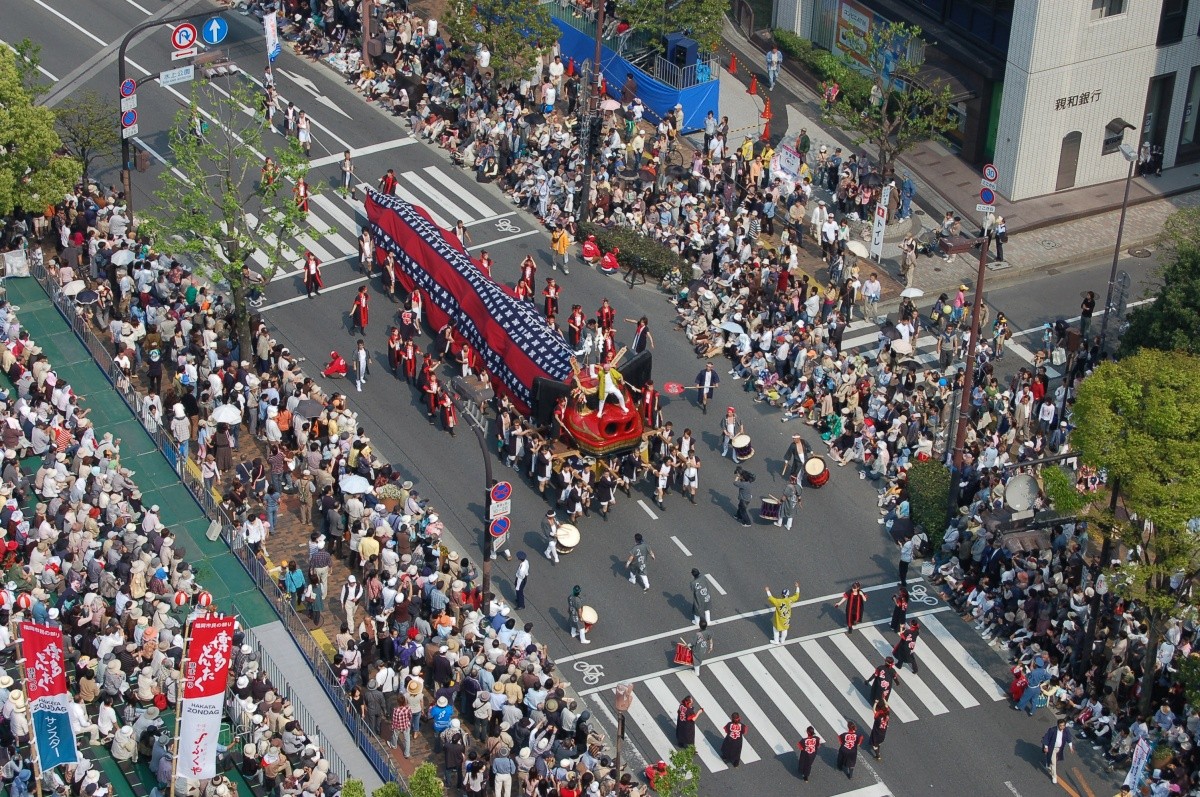
Hakata Dontaku is one of Japan’s largest citizen festivals, held in Fukuoka on May 3 and 4. Its roots date back about 840 years to the “Hakata Matsubayashi” celebration, and the modern form emerged after WWII. During the festival, local groups known as “Dontaku teams” dress in costumes and parade through the city streets while clapping wooden rice scoops. Attracting over 2 million people, it's a lively Golden Week tradition.
Aoi Matsuri (Kyoto)
Held on May 15 each year, Aoi Matsuri is the annual festival of the Shimogamo and Kamigamo Shrines in Kyoto. The highlight is the elegant “Roto-no-gi” procession, where participants dressed in Heian-period court attire parade through the city. Named after the hollyhock leaves (aoi) used to decorate people, ox-drawn carts, and horses, the Aoi Matsuri is one of Japan’s three great festivals and showcases the refined beauty of the ancient capital.
👉Find Aoi Matsuri tours with JTB
Sanja Matsuri (Tokyo)
Sanja Matsuri is held at Asakusa Shrine in Tokyo’s Taito Ward on the third Friday, Saturday, and Sunday of May. Known for its lively downtown spirit, the festival features around 100 mikoshi (portable shrines) parading through the streets of Asakusa in a bold and energetic display. Closely tied to nearby Senso-ji Temple, the event draws over 1.5 million visitors and is a major early summer celebration in Tokyo. with Sensoji Temple and is a popular festival for tourists. Visited by more than 1.5 million people every year, it is one of Tokyo's leading early summer festivals.
[kkday]👉Recommended Leisure, Activities, and Sightseeing in Asakusa
Kanda Matsuri (Tokyo)
Held every other year in mid-May on odd-numbered years, Kanda Matsuri is the festival of Kanda Myojin Shrine in Tokyo. In the Edo period, it was known as the “Tenka Matsuri” and was celebrated even by the shogun. Today, it remains one of the three great festivals of both Tokyo and all of Japan. With mikoshi and parade floats making their way through Kanda, Nihonbashi, and Akihabara, it remains a beloved event for locals.
👉Find hotels and inns in Tokyo with JTB
Aoba Matsuri (Miyagi)
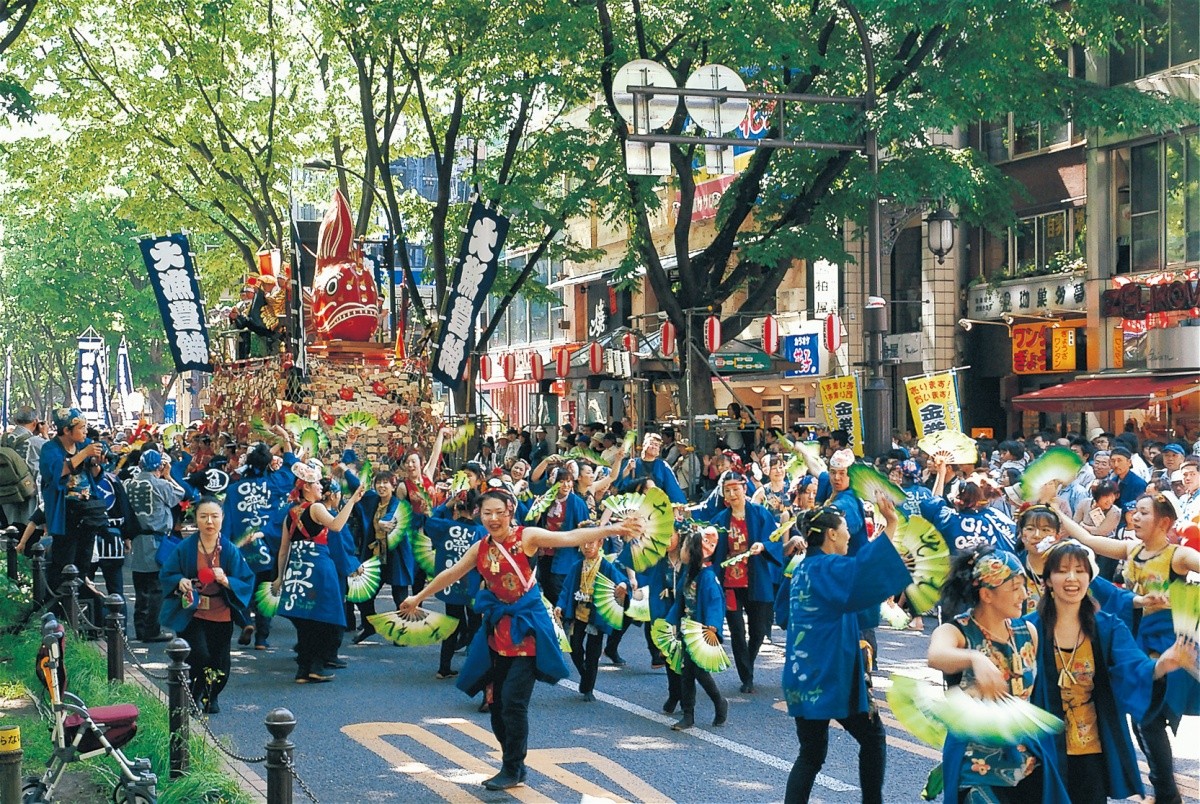
Aoba Matsuri is held in Sendai, Miyagi Prefecture, on the third Saturday and Sunday of May. The festival honors Date Masamune, founder of the Sendai domain. Highlights include a colorful historical procession and the traditional “Suzume Odori” (sparrow dance) performed throughout the city. Held during the season of fresh greenery, the festival lives up to its name (“green leaf festival”) and is a popular event with locals and tourists alike.
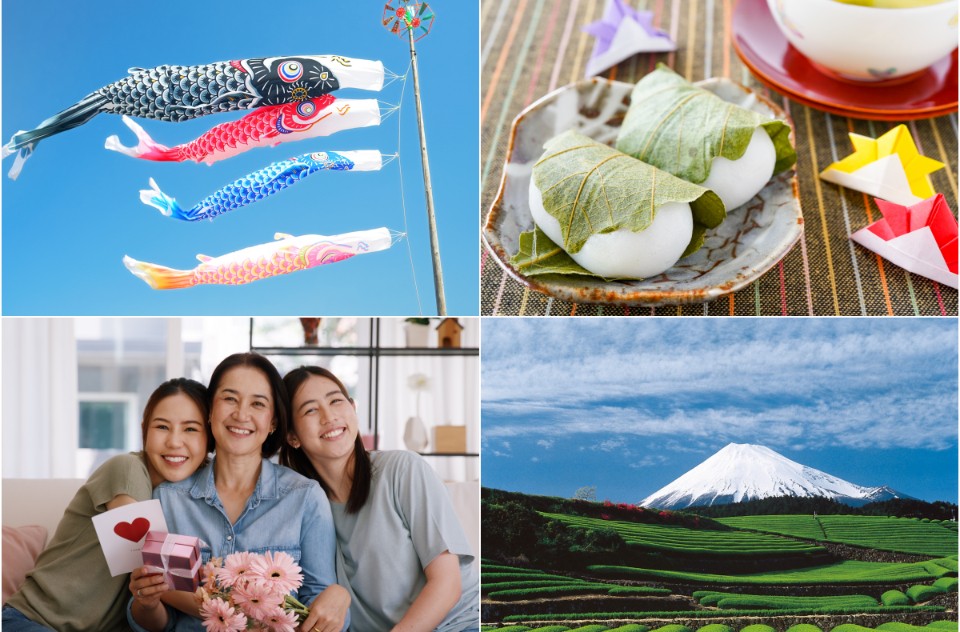
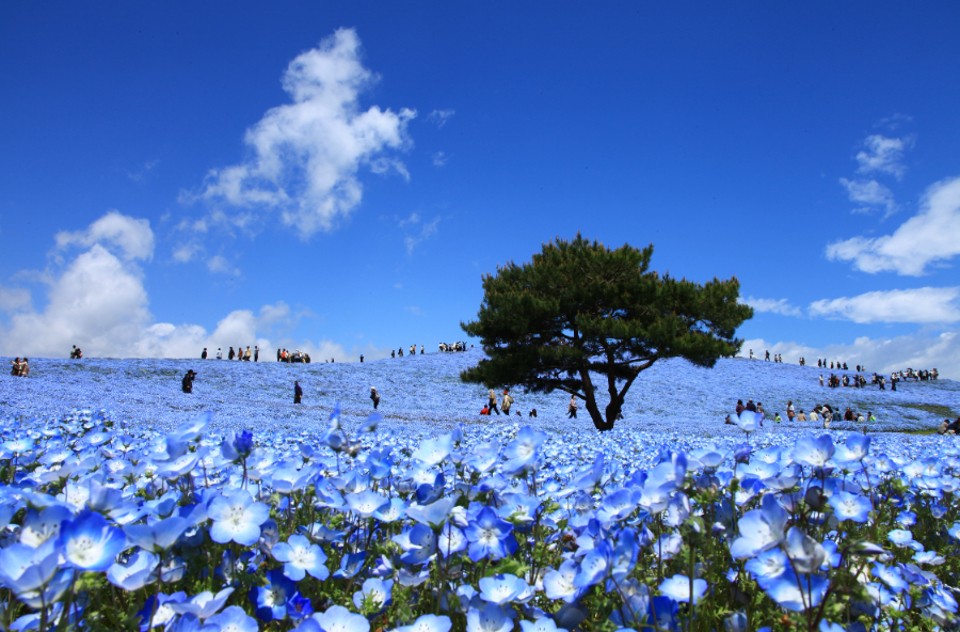
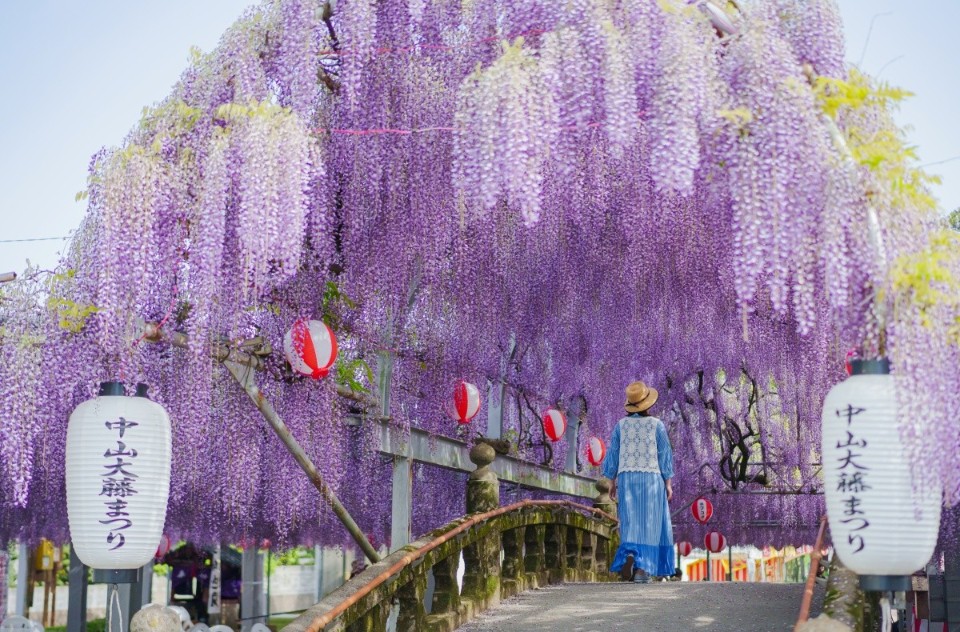
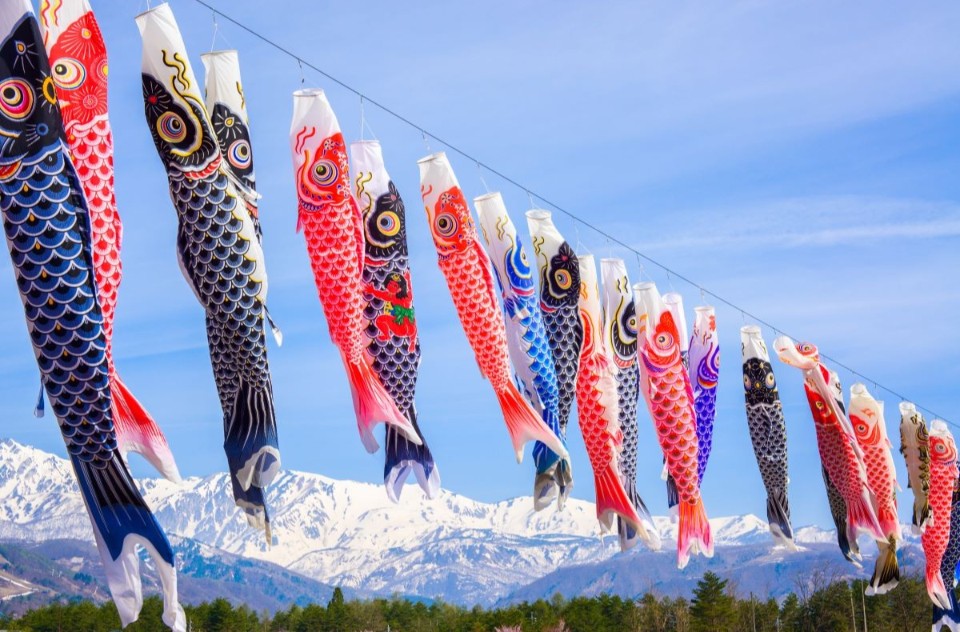
Comments